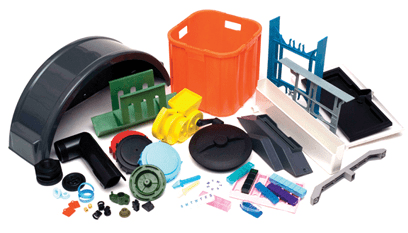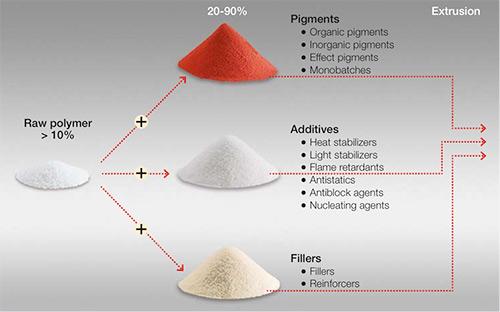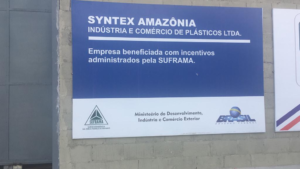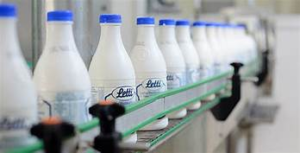CaCo3 – Calcium Carbonate
|
p/n |
CaCO3 |
Base Resin |
Features |
Usage Levels |
| CA-P12 |
60% |
PP |
– Excellent dispersion – Good mechanical properties -MI: 12-18 |
Used at 15-25% in PP woven bag production (This product can also be used in PP injection molding or extrusion applications at 5-30%). |
| CA-P75K |
80% |
PP |
– Lamination grade – High flow properties – MI: 40-60 |
Added at 8-18% in PP woven bag production (Can also be used in PP injection molding applications at 5-25% level). |
| CA-P75A |
80% |
Poliolefinas |
– Economical grade – Good processibilit – MI: 30-50 |
Added at 8-20% in PP woven bag production (Also acts as universal filler masterbatch in various plastic injection molding applications at 5-20%). |
| Entira 1008 MB |
70% |
Copolímero |
– Process improvement – Excellent physical properties – MI: 3-4 |
This specialty filler compound is used at 5-10%, coupled with CA-P12, in PP woven bag production. |
- Reduce cost (beneficial increase in weight and volume)
- Lower plate out
- Higher abrasion resistance
- Increase in stiffness and modulus of elasticity
- Improve processibility
- Act as anti blocking agent
- Improves surface printability
- Improves stability and aging resistance
- Improvement in the surface quality of finished parts
- Improve mold release, reduce surface blooming
- Increase hot tear strength
- Reduce shrinkage rate


CaCO3 masterbatch/compound products can be blended at a metered rate into the processing equipment. The addition of these product(s) to polymer at levels ranging from 10%-50% by weight will increase the “toughness” and impact strength.
| Property | Loading of CaCO3 Masterbatch | ||
|
0% – sem enchimento |
20% |
40% |
|
| Mold shrinkage |
0.01-0.026 |
0.009-0.019 |
0.008-0.0015 |
| Tensile strength (psi) |
4600-5900 |
4500-5600 |
3800-4800 |
| Tensile Modulus (Kpsi) |
160-220 |
190-280 |
370-510 |
| Notched Izod Impact (ft-lb/in) |
0.4-1.1 |
0.5-1.2 |
0.6-1.1 |
| Deflection Temperature (ºC) |
120-140 |
130-150 |
150-190 |
| Thermal conductivity |
2.9 |
4.2 |
6.6 |
The application suggestion, specifications and other data described here are based on experience that the manufacturer believes to be reliable. Because of the characteristics of these products, you should, before using these products in production, perform your own tests to determine to your satisfaction whether these products are acceptable and suitable for your particular purposes under your operation condition.
|
p/n |
CaCO3 |
Base Resin |
Average Particle Size |
Features |
Average Levels |
| CA-E17 |
83% |
PE |
2.2 Micron |
– Excellent dispersion properties – Smooth surface – Good printability |
Add 10-30% in PE blown film production. |
| CA-E80 |
80% |
PE |
1.8 Micron |
– Ultra fine film surface – Excellent printability |
Add 10-40% in PE blown film production, |
| CA-W710 | 70% CaCO3+10%TIo2 |
PE |
> 1.8 Micron |
– White color (good opacity) | Add 20-40% in PE blown film production, |
|
p/n |
CaCO3 |
Base Resin |
Features |
Usage Levels |
| CA-B33P |
70% |
PP homopolymer |
– Outstanding dispersion propertie – Excellent stretchbility and processibility |
BOPP pearlized film, BOPP white opaque film, PP sheet, etc (Usage level at 8-15%). |
| CA-BR77 |
55% |
Specialty Resin |
– Controlled water vapor transmission rat – Good blown/cast film processibility |
Diaper film, breathable sheet compound (100% usage). |
| CA-ST65 |
50% |
Thermoplastic Elastomer |
– Soft and flexible – Aesthetic appearance – Hardness 65 shore A |
Injection molding compound (100% usage). |
| CA-E50X |
83% |
PE |
– Excellent mechanical properties – Excellent processibility |
Heavy duty sac (Dosage level at 10-15%). |
| Bio-K80J |
80% |
Biopolymer |
– Biopolymer based – Excellent processibility |
Injection molding and extrusion PLA products (Dosage level at 10-50%). |
| NA-P75C |
75% (Nano- CaCO3) |
Specialty Resin |
– Nano-CaCO3 with particle size f 40-80nm – Outstanding impact properties |
PP injection molding and extrusion products (Usage at 10-20%). |




